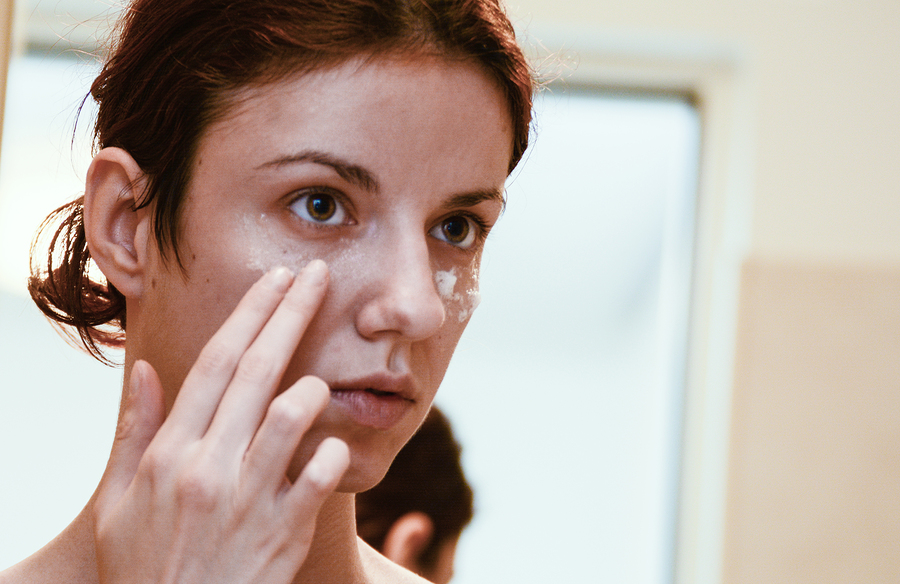Puffy eyes can make you look older than you really are. They can also make you appear tired, unhealthy or sick. Don’t let puffy eyes ruin your look; consider trying these 4 puffy eye remedies that really work.
Learn 8 of the easiest and most effective ways to get rid of baggy eyelids and puffy-looking eyes
1. Cucumber slices

Humble cucumbers provide one of the simplest and most affordable known remedies for puffy eyes. Trying this remedy is straightforward and easy. Just grab a knife. Cut a couple of cucumber slices. Assume a reclining position and carefully place one cucumber slice over each eye. Leave the cucumbers in place for at least 15 minutes.
Science affirms the effectiveness behind this low-tech remedy. Clinical research demonstrates that cucumbers have moisturizing properties – and, in fact, were found to be more effective than some other types of cosmetic moisturizers. Cucumbers also appear to be effective for helping to restore skin’s natural elasticity in the areas surrounding the eyes. Furthermore, other clinical research has revealed that the juice from cucumbers could potentially act as an anti-wrinkle substance to include in beauty remedies and cosmetics.
2. Tea bags
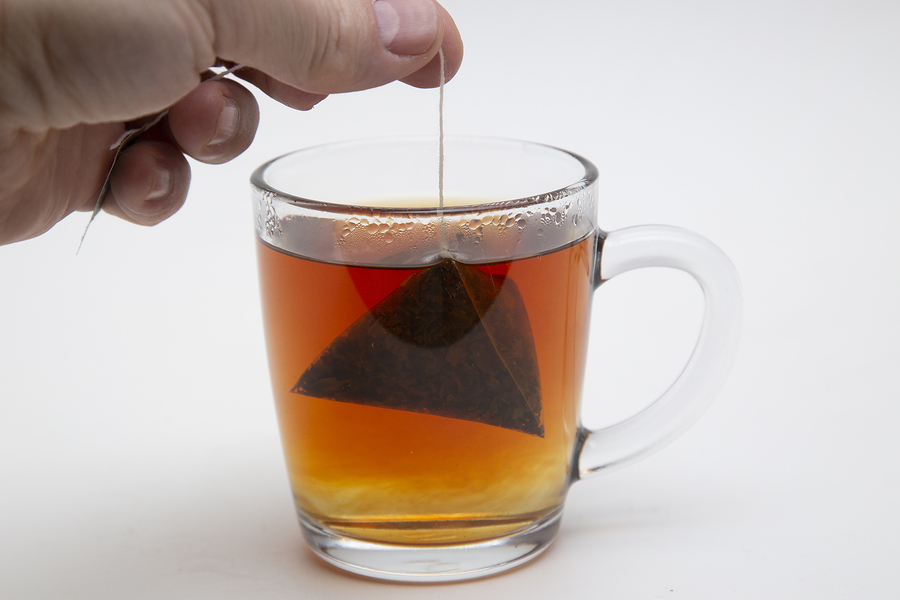
Tea bags are another viable and cost-effective remedy for puffy eyes. Not all teas work equally well for this purpose; you’ll want to use organic black tea or green tea for optimum results. A few types of herbal tea such as eyebright tea, calendula tea and chamomile tea may also deliver beneficial results.
Brew up 2 tea bags in the same manner you would if you wanted to drink the tea. Then pull the tea bags out of the water and gently squeeze them to drain the excess liquid. Allow them to cool completely. Close your eyes before placing one tea bag over each eye. Allow the tea bags to cover your eyes for at least 15 minutes.
3. Adhere to a sleep schedule
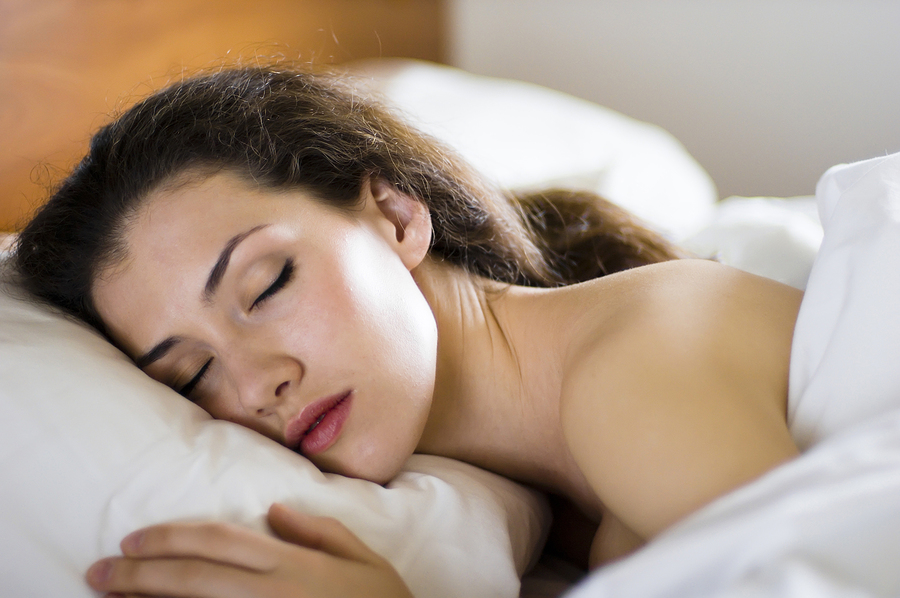
Tiredness can contribute to, or sometimes even create, problems with puffy eyes. If insufficient sleep is a major contributing factor to your puffy eyes, creating and adhering to a sleep schedule can help to alleviate the problem.
Experts also make a few other suggestions that can help to promote restful sleep. Turn off phones and other devices at least one hour prior to bedtime. If you engage in intensive exercise, don’t do it right before going to sleep.
4. Avoid reaching a state of dehydration

Dehydration can be partially or fully responsible for causing a swollen and puffy-eyed appearance. This is something you can avoid by drinking plentiful quantities of water. According to experts at the Australian Ministry of Health, you need to drink at least 2.1 litres of water and other fluids every day if you are female, and 2.8 litres if you are male.
By the time you’re aware of thirsty feelings, you’re probably already dehydrated, according to Dr. Irvin Sulapas at Baylor College of Medicine in the United States. So it’s important to always be proactive about consuming water, even if you don’t feel particularly thirsty.
5. Platelet rich plasma treatments
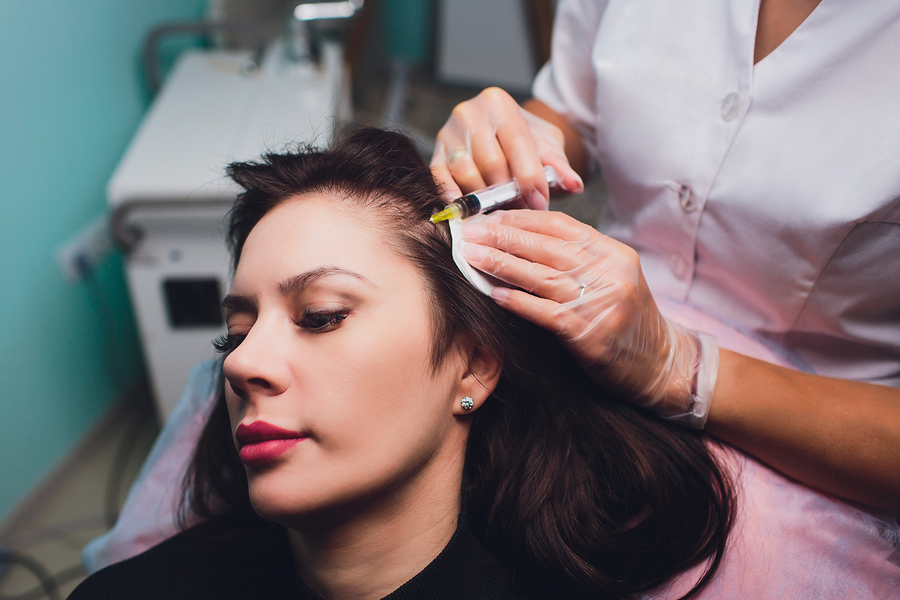
According to Dr Joseph Ajaka from Cosmos Clinic, plasma treatments are one of the latest hot trends gaining popularity in Australia right now. Platelet rich plasma treatments can effectively get rid of puffy eyes, dark under-eye circles and even wrinkles around the eyes.
The increasing popularity is likely because the plasma treatments allow you to get results that are similar to what you can achieve with invasive blepharoplasty surgeries, but the non-surgical plasma treatments aren’t as risky. The costs for both therapies can vary, but plasma treatments tend to be more affordable than blepharoplasty for some patients. Multiple treatments may be necessary; so people who need greater numbers of treatments will end up paying more than those who require fewer treatments. Both of these therapies tend to be expensive ones – so if you’re on a tight budget, it’s worth exhausting your other options before trying either of these.
6. Watch your salt intake

If your eyes are puffy, it could be a symptom of water retention. There are bunches of things that could prompt your body to retain water. One of the most common reasons for puffiness due to water retention is overconsumption of table salt or salty processed foods.
7. Consume foods rich in potassium

If excess water retention is the culprit that is making your eyes look puffy and swollen, potassium can help to reduce the swelling.
There are a couple of different ways potassium can help your eyes to de-puff. First of all, this nutrient encourages the kidneys to flush out and eliminate excess sodium and other wastes from the body. Potassium also helps in empowering your body to maintain a healthy balance of electrolytes. The electrolytes, in turn, work to promote the even distribution of fluid to the tissues in your body.
For the purpose of reducing swelling and puffiness, it’s ideal to consume your potassium in the form of foods rather than supplements. Some foods that have potassium include avocado, lima beans, Swiss chard, acorn squash and spinach.
8. Use plump, fluffy pillows
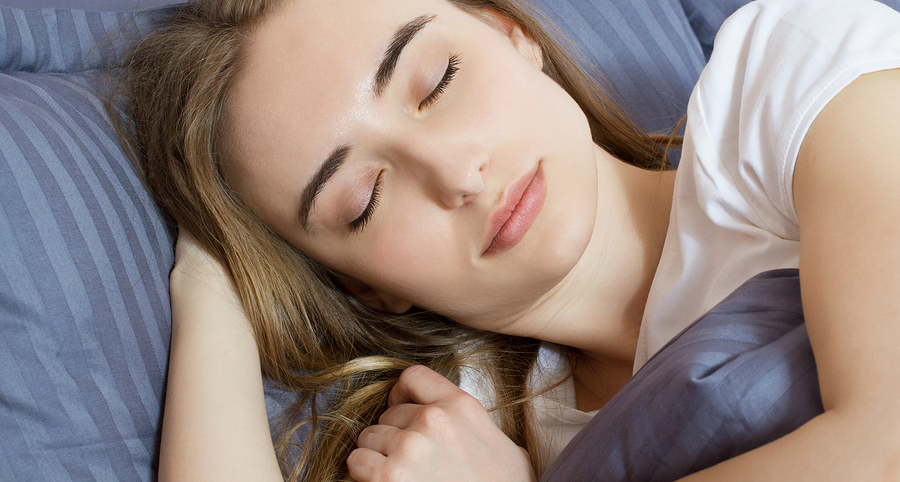
If you’re like most people, you probably sleep with your head resting on a pillow – but perhaps your pillow is a relatively flat one. If so, try resting your head on a plumper, fluffier pillow when you sleep at night, or stack a couple of pillows on top of each other to raise the elevation of your head and eyes as you sleep. Propping your head up when you sleep can help you to avoid a situation where fluid settles around your eyes.
If you’re suffering from puffy eyes, these 8 remedies are likely to help you solve the problem. These methods are truly effective for tightening the skin around the eyes and restoring your skin’s naturally firm, youthful appearance.

